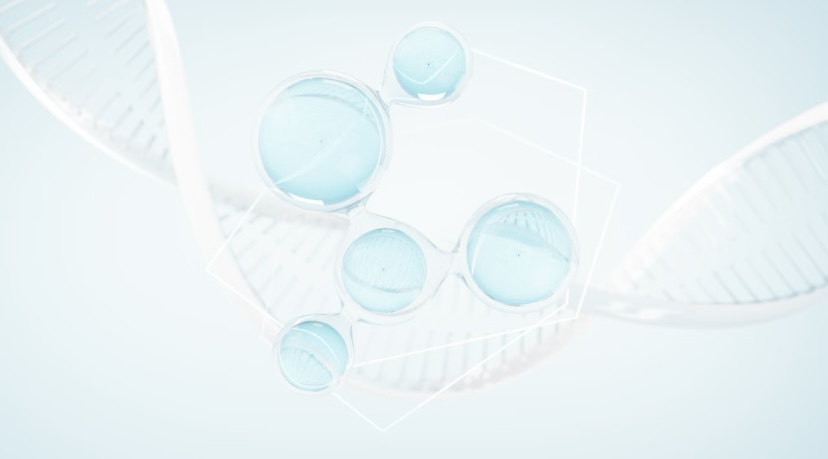Jun 18, 2025
In the precise field of water quality monitoring, the total hardness sensor of water quality, as an indispensable "technological guardian", has become a key link in ensuring water quality safety with its excellent performance and diverse advantages. Next, let's delve into the power of this device through a combination of text and images.
Calcium carbonate measuring hardness tester: the core of accurate measurement
The water quality total hardness sensor uses calcium carbonate as the measurement standard to accurately detect the total concentration of calcium and magnesium ions in water. Whether it is extremely small concentration changes or complex water environments, data can be quickly and accurately output. From meticulous research in the laboratory to large-scale water quality control in industrial production, its precise detection capability ensures that every water quality data can withstand scrutiny.
Automatic temperature compensation environmental adaptability: monitoring without fear of temperature differences
Its built-in automatic temperature compensation function is like installing an intelligent "temperature control brain" on the sensor, which can sensitively sense changes in water temperature and quickly adjust detection parameters. Whether it is cold lake water in extremely cold regions or high-temperature circulating water in industrial production, it can ensure that the measurement results are not affected by temperature fluctuations, remain stable and reliable, and achieve accurate monitoring of all weather and all environment conditions.
Low consumption environmental protection continuous monitoring instrument: a model of green and energy-saving
While pursuing efficient monitoring, the water quality total hardness sensor has minimal impact on the surrounding environment and low energy consumption, which is in line with current environmental protection concepts. Its sustainable monitoring capability enables it to operate stably in various environments for a long time without frequent replacement or maintenance, greatly reducing usage costs and resource consumption, providing an economical and environmentally friendly solution for water quality monitoring work.
Stable aviation interface connector: a guarantee of stable connection
Using aviation grade connectors, their stability and durability far exceed ordinary interfaces. Whether in bumpy field monitoring scenarios or industrial environments with frequent vibrations, it can ensure that sensors are tightly connected to other devices and are not easily loose or detached. At the same time, the convenient installation and disassembly design has brought great convenience to the debugging, maintenance, and replacement of equipment, improving overall work efficiency.
LoRaWAN wireless remote transmitter: a pioneer in data transmission
Supporting LoRaWAN protocol enables sensors to break free from the constraints of traditional wired transmission and achieve long-distance and stable wireless data transmission. Even if the monitoring points are located in remote mountainous areas or underground pipelines with weak signals, they can quickly and accurately transmit water quality hardness data to the data center, allowing monitoring personnel to grasp water quality dynamics in real time and provide timely information support for decision-making.
Multi scenario water quality analyzer: a versatile and widely used tool
From strict monitoring of industrial wastewater to ecological assessment of surface water; It can excel in controlling the safety of drinking water and analyzing the composition of seawater. Whether it is large-scale automated continuous m onitoring or precise detection requirements in specific scenarios, the total hardness sensor of water quality can be perfectly adapted, becoming a well deserved "versatile" in the field of water quality monitoring.
The water quality total hardness sensor, with its advantages in functionality, technology, connection, communication, and application, has built a complete and efficient water quality hardness monitoring system. In the future, with the continuous advancement of technology, it will continue to upgrade and optimize, playing a more important role in safeguarding global water quality safety.
Read More
